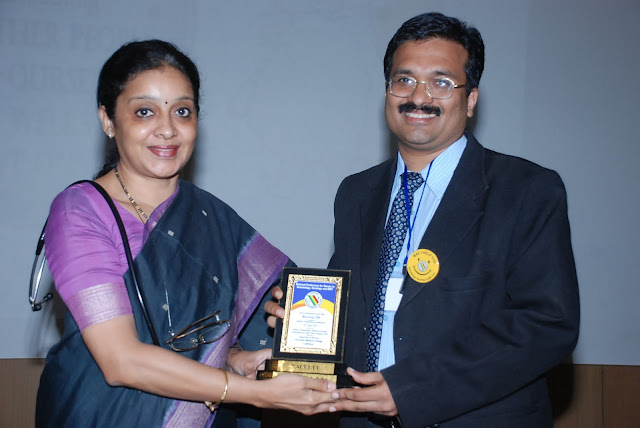By Army Sgt. Kissta M. Feldner
2nd Brigade Combat Team
RAMADI, Iraq, Sept. 26, 2011 - Iraqi police serving here in Anbar province are becoming more independent as they conduct their own missions and capture terrorist leaders, requiring less and less U.S. assistance as time goes on.
Assisting the Iraqis in getting out their story is Army Sgt. Tony McCaslin, public affairs broadcaster for the 82nd Airborne Division's 2nd Advise and Assist Brigade, and native of Fairfield, Maine.
An award-winning broadcast journalist, McCaslin was chosen to provide an instructional class to the media team at the Anbar Police Directorate in Ramadi, on Sept. 15.
McCaslin taught the Iraqis basic videographer skills to improve their ability to tell their story.
"The better their stories are, the more people will want to watch them," McCaslin said. "And if the people know the Anbar police have the facts, the people will trust them."
Iraqi police Lt. Ali Fakhri Abbas, media relations and public affairs director, said Iraqi officials noticed the Iraqi police public affairs cameramen were making mistakes, which is why they asked the Americans for training.
"This is our job," Ali said. "And we wanted to get more knowledge from the U.S. forces before they leave."
McCaslin chose to cover composition and video sequencing techniques that make the video more interesting to the viewer. But when the class began, he realized even those skills were more complex than most of the policemen were used to.
"Halfway through the class, I found out that some of them didn't even know how to use their new camera," he said. "What a lot of broadcasters would consider basic, they were having trouble with."
McCaslin changed his focus to covering basic features on the camera. The policemen recently purchased a professional-grade video camera, which was a huge step up from their old handhelds, and therefore more difficult to operate. The buttons are in English, adding another training issue for the native Arabic speakers.
McCaslin familiarized himself with the camera's settings as the policemen gathered close. One issue the Iraqi videographers surfaced was that footage they shoot in the harsh Iraqi sun would become overexposed and unusable. McCaslin showed them how to adjust the camera's white balance and filter features.
After the demonstration, he handed the camera off to class members to perform the techniques covered earlier in the day. The men practiced different camera angles, rule of thirds, and perspective shots to help them achieve varied effects.
"I could tell they were excited to use the new camera and to figure it out for the first time," he said. "I saw that they really want to do this."
The Iraqi police media teams throughout Anbar province have worked with U.S. Marine Corps and U.S. Army units in the past to improve their video abilities. After receiving classes and new equipment, they have become an integral part of police operations in Anbar as they have now created their own television program.
'The Punishment' is a widely watched series that highlights arrests made by the Iraqi police, including confessions from the criminals and on-the-scene re-enactments of the crimes. A broadcast of this type is just one way the Iraqi police media teams are broadening outreach to local audiences.
"They're making that connection between the police and the citizens of Anbar," McCaslin said, "and that makes all the difference."

















